Feb 14, 2021 at 12:47pm ET
By: Justin Hughes
A flat tire can ruin your day if you're not prepared. Fortunately, multiple options exist to plug that hole and let you ride home, or beyond. Some are easy to use, others not so much, and prices are all over the place. Which one is the best? Wrapped within a mini-mocumentary video, FortNine finds out by putting each one to a maximum pressure test. We'll cut to the chase and give you the straight scoop on the results.
This is the plug most of us already know about, since it's been around for probably as long as the tubeless tire has existed. Goop up the plug, use the tool to shove it into the hole, remove the tool, and you're good. (Some say to cut off the excess, but if you don't have a knife it wears off pretty quickly.) At $19.95 on Revzilla it's the cheapest for roadside repair. It's pretty easy to use, though some of the other options are easier.
The rope plug held up to 125 newtons (28 pounds) of pressure before letting go. That may not sound like much, but keep in mind that all that pressure is concentrated on a tiny surface area. It's like putting that much pressure on a screwdriver against your tire. Given the size of a contact patch, in the real world only riding over a sharp rock directly on top of the patch would apply this much force to it. After springing a leak, the rope plug resealed itself when the gauge was removed, preventing further leakage. None of the other plugs did this.
The mushroom plug kit is the most expensive option, selling for $53.95 on Revzilla. It's also the largest and most complicated to use. It requires you to bore the hole in your tire larger to match the size of the rubber plug, which is in the shape of a mushroom. Use the special tools to insert the plug into your tire, use some pliers (not included) to pull it tight against the inside of the tire, then cut off the extra.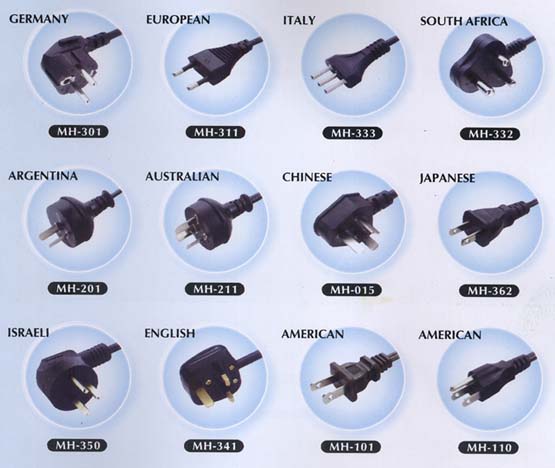 Then use either the included CO2 canisters or a tire pump to reinflate the tire, because this method will let all of the remaining air out of your tire as you bore the hole big enough for the plug.
Then use either the included CO2 canisters or a tire pump to reinflate the tire, because this method will let all of the remaining air out of your tire as you bore the hole big enough for the plug.
After all that trouble, expense, and hassle of carrying a large repair kit around with you, the mushroom plug only held up to 80 newtons (18 pounds) in the pressure test, the least of any of these patches. While I wouldn't say this plug could kill you the way the video title does, I would say that it's not worth paying more than twice as much as the least expensive plug for one that's less convenient to use and doesn't work as well.
Also known as the "Dynaplug," this little gadget sells for $29.99 on Revzilla. Unlike the mushroom plug, this kit is tiny and super easy to use. Simply load a plug into the end of the tool, stab it into the hole, pull out the tool, and you're done. These plugs aren't sticky like the rope plug, though, plus the kit is more expensive.
Under pressure, the spear plug gave out at 122.5 newtons (27.5 pounds), almost identical to the rope plug. Unlike the rope plug, though, it did not fully reseal afterward, leaving a slow leak in the tire. You're not trying to set any tire repair speed records here, and the rope plug is still pretty quick and easy to use.
Professionals consider an internal plug to be the only permanent tire repair. The other options are supposed to be only temporary. At $15.99 on Amazon for a pack of 10, this is technically the least expensive solution. The only problem with this type of plug is that you have to dismount the tire to apply it, which you won't be doing on the side of the road. In my mind, if you're already dismounting the tire anyway, you might as well just pop a new one on and not worry about patching it.
The reason why the pros consider this the only permanent repair became clear in the pressure test, where it withstood a whopping 460 newtons (103 pounds) of force, which made a new puncture in the tire.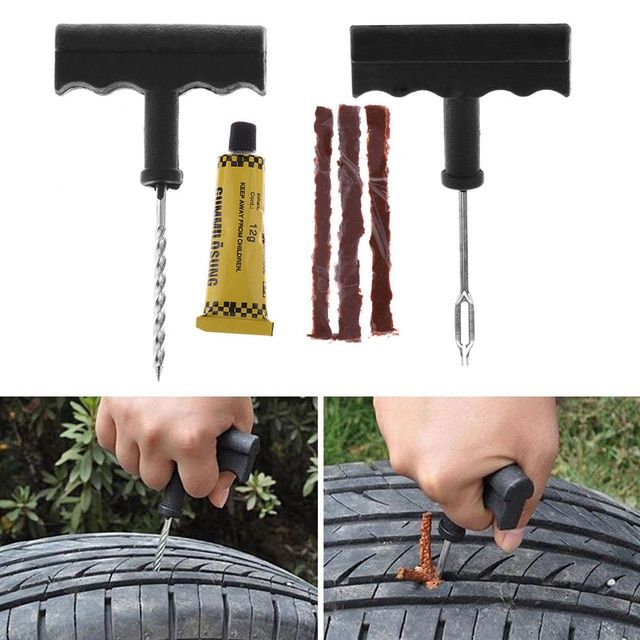 The patch itself still didn't fail. The likely reason why this patch works so much better is that it has much more surface area to bond with the tire than any patch applied from the outside can provide. However, not being usable for a roadside repair renders it less useful for our purposes.
The patch itself still didn't fail. The likely reason why this patch works so much better is that it has much more surface area to bond with the tire than any patch applied from the outside can provide. However, not being usable for a roadside repair renders it less useful for our purposes.
For once, it seems the best solution for a roadside repair is also the cheapest, the tried and true rope plug. It's the stickiest, strongest after the internal plug, and also the most versatile. In a pinch, you can even cram more than one rope plug into a particularly large hole if you have to.
We should also mention that this only applies to tubeless tires. If your tire has a tube, like many cruisers and dual-sports (generally, any wheel with spokes, though there are exceptions), these plugs won't work. In this case, it's the tube that holds the air, not the tire itself. No matter what, you'll have to pull the tire off the rim to fix it. The good news is that if it's only a small puncture, you can simply replace the tube for cheap and reuse the tire.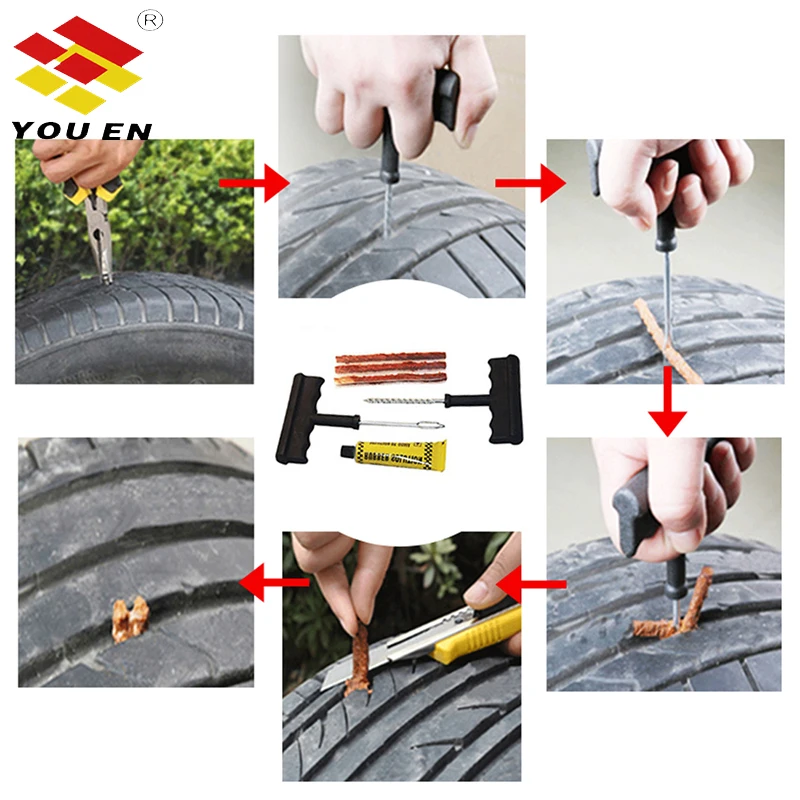 You can also patch the tube, but why take the chance of a patch springing a leak?
You can also patch the tube, but why take the chance of a patch springing a leak?
By: Justin Hughes
585
Rema Seal Inserting Tool
From $12.95
RE-RS-8
Rema Radial Stem Inserts for Truck Tires
From $17.95
X-12-361-5
Xtra-Seal 12-361 Brown Tire Repair Plug Insert (250 Plugs)
$42.50
561
Rema Seal Refill Pack
From $34.95
1 review54-210
AA Plug-Em-Gun 5/16" Plugs For Bias Radial Tires (25/Box)
$14. 80
80
16-148
AA Tire Plug Lubricant
$3.04
53-100-50
AA Brown Tire Repair Plug Insert
From $13.50
56-011
AA Needle Replacement for Inserting Tools (Ea)
From $3.95
54-216
AA Plug Em Gun Orange Plugs For Bias Ply Radial Tires (7/16 in)
$18.95
55-421
AA Screwdriver-Type-Handle Inserting Tool (Light Truck/Closed-Eye)
$9.90
RE-193-WL-10
Rema 1/4" Vulcanizing Stems w/ Wire Lead
From $17.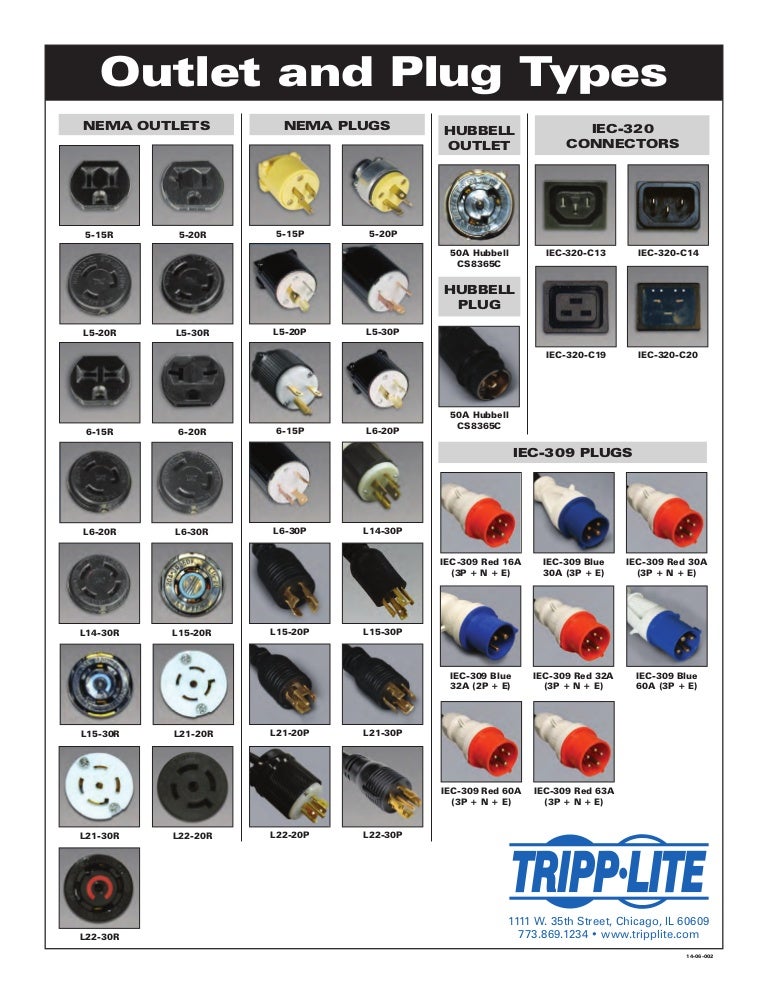 95
95
X-14-217
AA T-Handle Insert Tool w/ Protector (Split-Eye)
$18.95
1 review50-100-50
AA 7" Black Tire Repair Plug Insert (50/Box)
$13.50
1 review52-224
AA Fiber Seal Inserts / Plugs
From $34.29
580
Rema 580 Temp Tire Repair Kit for OTR/Agri Tires
$57.95
12-360
AA 4" Black Tire Repair Plug Insert (50/Box)
From $13.50
2 reviewsRE-193
Rema 1/4" Radial Stem Inserts for Car/LT
From $15.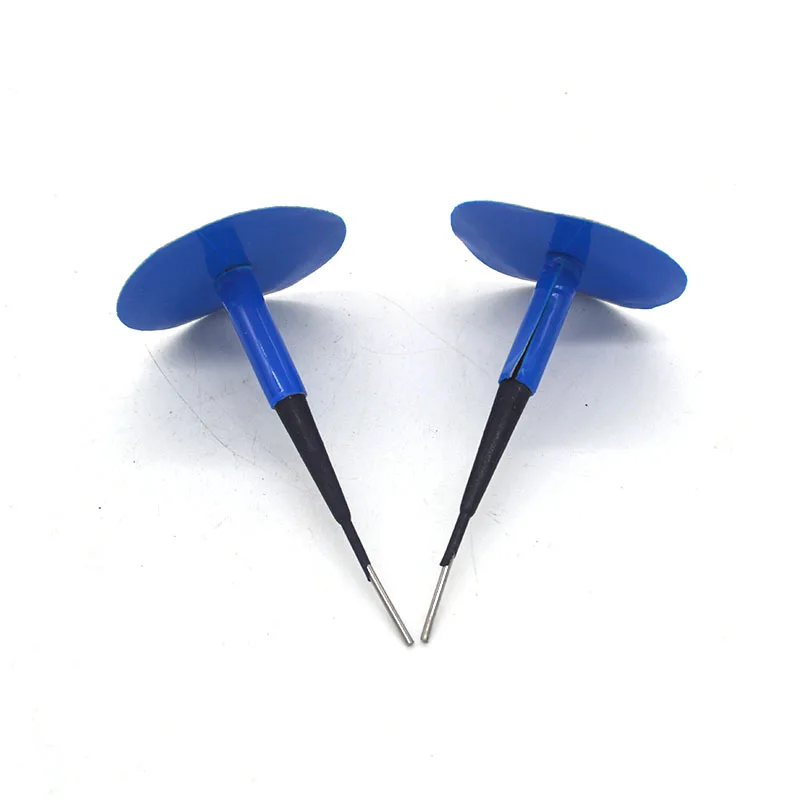 95
95
55-115
AA Pro Barbed Probe Inserting Tool (Chrome) (Ea)
$13.95
197
Rema 197 Open-Eye Inserting Tool (Ea)
$9.79
53-350
AA Brown String Tire Repair Insert Kit for 1/4" Injury
$44.95
Author: Kirill Savchenko
“Chief, you've got ten minutes of work to do, the hole is nothing! Well, come up with something .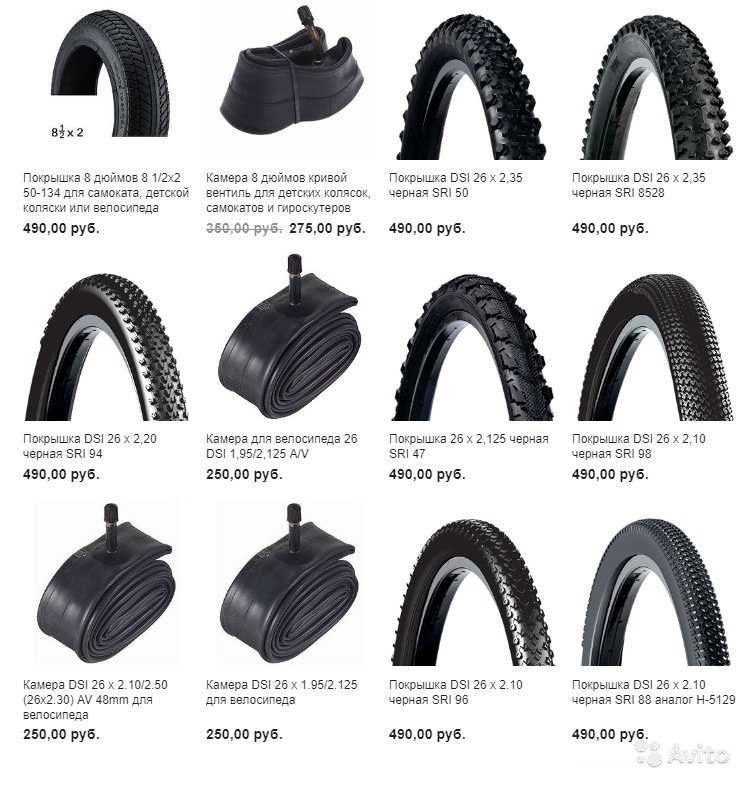 .. ”Every tire fitter has probably heard such words. Alas, not all tire damage can be repaired ...
.. ”Every tire fitter has probably heard such words. Alas, not all tire damage can be repaired ...
But the situation can be reversed. A wheel pierced by protruding reinforcement may be repairable, while a small cut will write off the tire for scrap. Experienced tire fitters believe that it all depends on the point of damage and the object that caused it.
Most often, drivers encounter punctures in the tread area of a tire. It is not always possible to detect it immediately. If in the days of tires and chambers the wheel lost pressure at the slightest puncture, then tubeless tires are much more reliable in this regard. A nail or self-tapping screw usually closes the puncture site, preventing air from escaping quickly.
With such a "plug" you can sometimes drive for months. The tire can lose pressure minimally without arousing suspicion. At the same time, an attempt to pull out a noticed nail on the way is likely to turn into a problem. In this case, the only recommendation is to pull out a foreign object only in a tire shop and repair the wheel.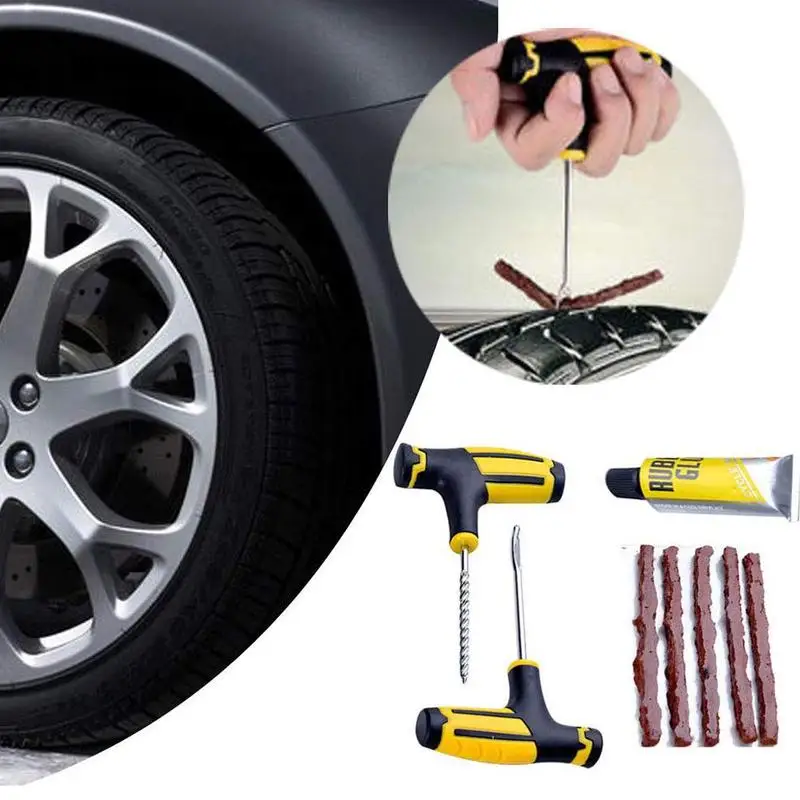
In most cases, tread punctures are sealed either with special harnesses (some for temporary use, some for permanent use) or patches from the inside of the tire. Even damage caused by massive pins can be repaired. The main thing is that a piece of the tire along with the cord is not torn out.
In the latter case, the hole is filled with raw rubber, vulcanized, and a special cord patch is placed on the inside. But this will only be a temporary measure. In addition, such repairs are not cheap, and purchasing a new tire can be both more profitable and safer.
In addition to the plaster, cord “fungi” are also used. Lubricated with glue, the “fungus” is inserted into the puncture from the inside of the tire, then the excess part of the “leg” is cut off from the outside.
On the other hand, a cord patch can seriously help with side cuts. And car owners meet with them quite often. But here there are several nuances. In a roadside tire shop, the cut will most likely not heal. You need to contact a company with specialized equipment, primarily vulcanization.
You need to contact a company with specialized equipment, primarily vulcanization.
And one vulcanizer is not enough here. Cord patches should be with a certain number of layers, designed for strictly defined damage sites and of a suitable size. And again we are talking about the nuances.
If the cut is in the shoulder area of the tire, then it is often impossible to repair it properly. The tire fitter who offered such a service is at great risk, even if he claims that he will weave a piece of new cord with his hands and vulcanize it. There are no miracles in this situation, but in any case, the last word belongs to an experienced specialist.
Side cuts on low profile tires with a tread height of less than 50% of the width are poorly treated. That is why, in the case of using a car on roads with a possibility of tire damage, it is better to put those that are higher. They are much easier and cheaper to repair.
By the way, what appears to be a cut at first glance may not be one.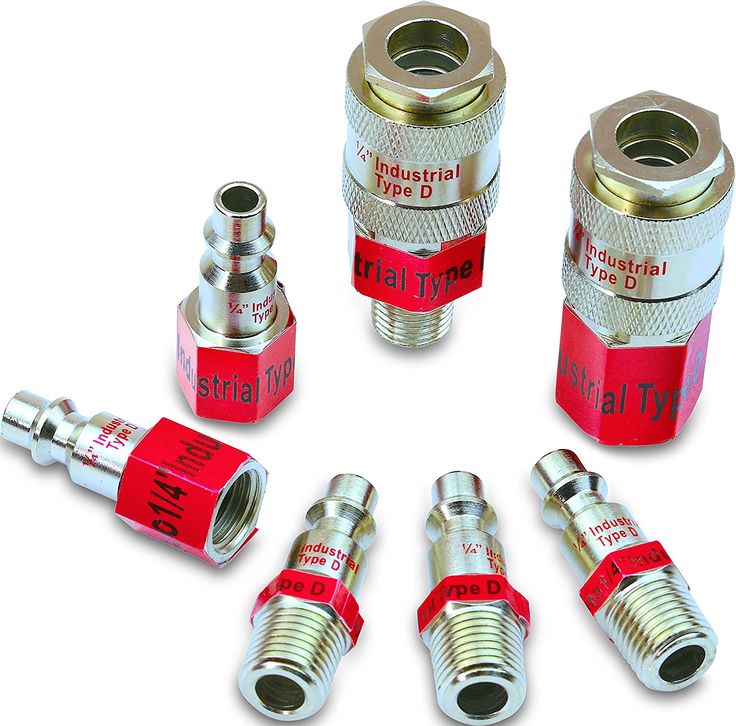 If the sidewall of the wheel catches on something sharp, and a tear forms on the tire without damaging the cord, then this is called a pinch. It does not carry momentary danger and does not require any complex repairs.
If the sidewall of the wheel catches on something sharp, and a tear forms on the tire without damaging the cord, then this is called a pinch. It does not carry momentary danger and does not require any complex repairs.
However, if a piece of rubber remains, then it is glued with ordinary superglue. If not, you will need raw rubber and a vulcanizer. It is impossible to leave the cord bare: under the influence of moisture, it can collapse, which will lead to the complete loss of the tire.
One of the most common and fatal tire defects is swelling or simply "herniation". Despite the absence of open damage to the rubber, such a wheel will be scrapped ahead of schedule. The fact is that when the sidewall is hit, the threads of the tire carcass break. Even if the swelling is very small, sooner or later the bump grows in size, and this is already fraught with an explosion of the wheel at speed.
However, some hernias can be repaired, but this is again a temporary measure.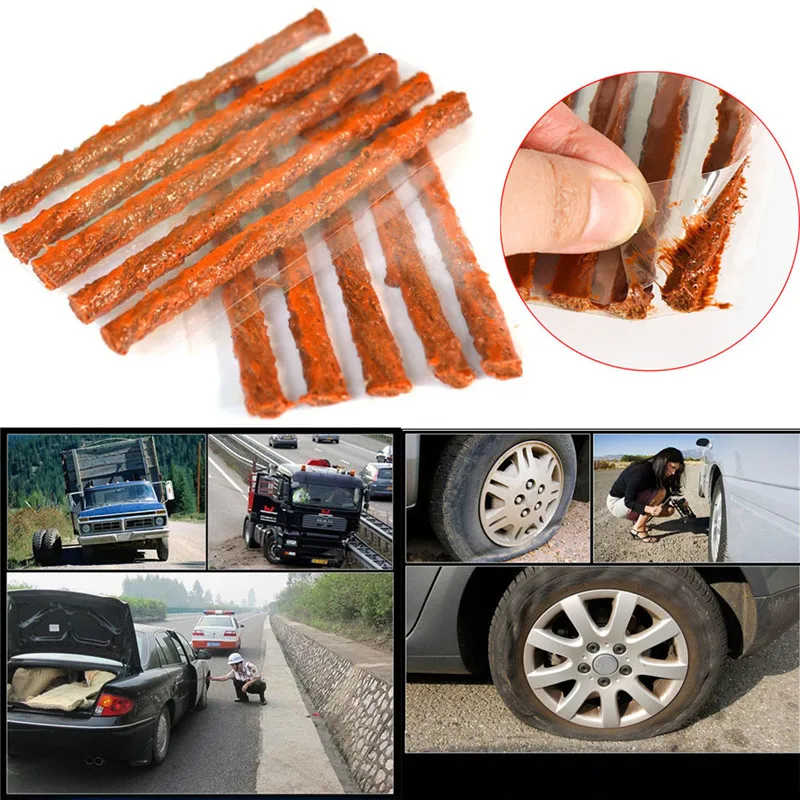 Masters can put cord patches even in the tread area. But only on condition that the distance from the sidewall to the swelling is more than 40 mm. If less, the tire is not subject to further operation. By the way, on low-profile tires, hernias, for the most part, are not repairable - both on the tread and on the sidewalls.
Masters can put cord patches even in the tread area. But only on condition that the distance from the sidewall to the swelling is more than 40 mm. If less, the tire is not subject to further operation. By the way, on low-profile tires, hernias, for the most part, are not repairable - both on the tread and on the sidewalls.
One of the major tire problems is caused by unprofessional repairs. Moreover, the owner most often does not know about it. We are talking about damage to the bead ring, as a result of which the tire does not initially hold the specified pressure.
Eventually the bead ring begins to push out of the rim. At high speed or under heavy load, such a wheel can be disassembled, which again threatens the car with a loss of control.
This damage can be repaired provided that the wire ring or base is not damaged. Special technologies for such repairs are not provided, but experienced craftsmen use the so-called "cold" or chemical vulcanization using a two-component sealant.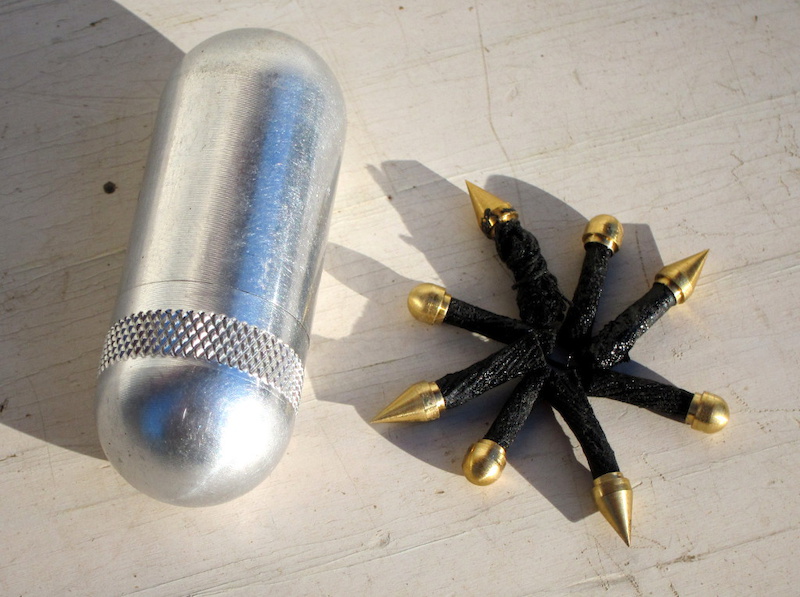 The resulting mass covers places where there is no rubber on the bead ring. The main condition is to wait three days before mounting the tire on the disc.
The resulting mass covers places where there is no rubber on the bead ring. The main condition is to wait three days before mounting the tire on the disc.
As for Run Flat tires, according to the instructions of most manufacturers, they are not subject to repair. In extreme cases, you can use a bottle of special pressurized sealant that comes as a repair kit.
Comment of the expert of the company "SHINSERVICE":
Alexander Golubev
expert "SHINSERVICE"
First of all, we recall that most tire manufacturers do not recognize handicraft tire repair. It is considered a sign of external influence and changes in the design of the tire. Such a tire automatically voids the warranty. This does not happen if tire repairs are carried out in specialized, authorized tire brands services. Note that almost all major tire brands give their own extended warranty, according to which in most cases the repair is free, at a discount, or the product is generally replaced with a similar one, depending on the conditions of the program.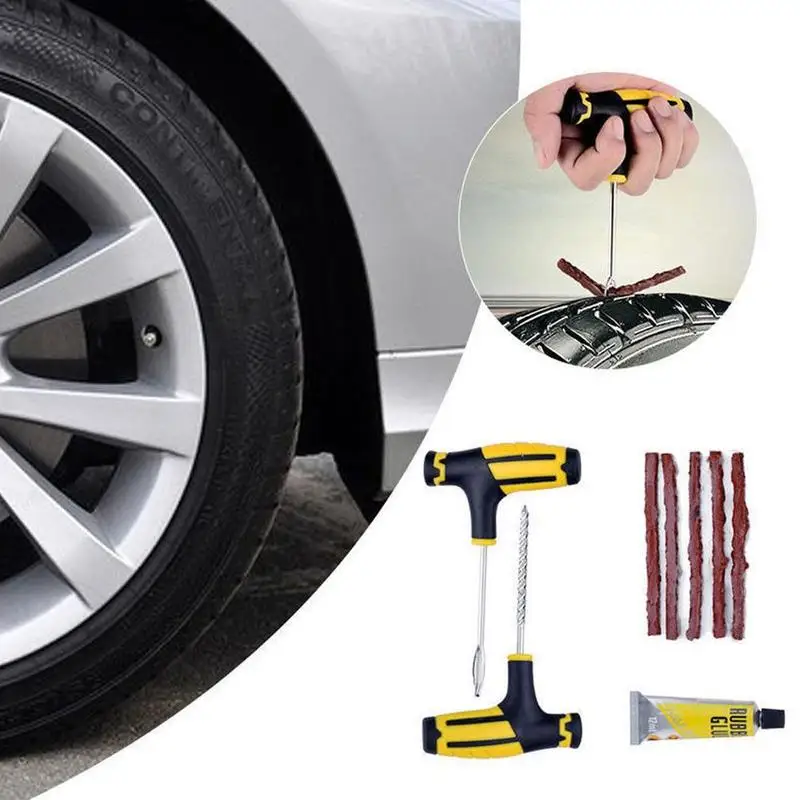
According to our work experience, we can note that in most cases damage in the bead area and in the shoulder area is not repairable.
I would also like to draw attention to the fact that most low-profile tires have high speed indexes (V and above), and even after professional repair they will not be able to be used in the previous modes without restrictions. Therefore, we strongly recommend changing the tire in all cases, except for tread punctures.
practice tires and wheels
Test drives / Test drive Haval Dargo vs Mitsubishi Outlander: the dog is barking, the stranger is coming In the Haval dealership in the south of Moscow, life is in full swing: buyers look at cars, communicate with managers and sign some papers. While I was waiting for the test Dargo, the same cross. .. 17746 7 205 13.09.2022
.. 17746 7 205 13.09.2022
Test drives / Test drive Motor from Mercedes, emblem from Renault, assembly from Dacia: test drive of the European Logan 1.0 It would seem that what's new can be told about the second generation Renault Logan, known to every Russian taxi driver, as they say, up and down? However, this car has... 14281 ten 41 08/13/2022
Test drives / Test drive Geely Coolray vs Haval Jolion: Free Cheese? If! Do you want to buy a car today with a full warranty, on credit at an adequate rate, without wild dealer markups? Now this is still a task, because a full-fledged chain of "representation - s. .. 11460 26 thirty 08/10/2022
.. 11460 26 thirty 08/10/2022
With mileage, the technical condition of tires changes, which affects the performance of the car and traffic safety. Therefore, it is important to monitor the uniformity of wear of all tires, and also to prevent the operation of the vehicle, the residual height of the tire tread of which is lower than the minimum allowable. The task of preventing premature wear and destruction of tires is very complex and is associated with the ability to determine their types, accurately identify the cause that caused each specific tire failure. The increased wear of your car tires is influenced by many factors, or, to put it bluntly, violations. The fact is that many car owners do not follow the basic rules for maintaining their own or working car.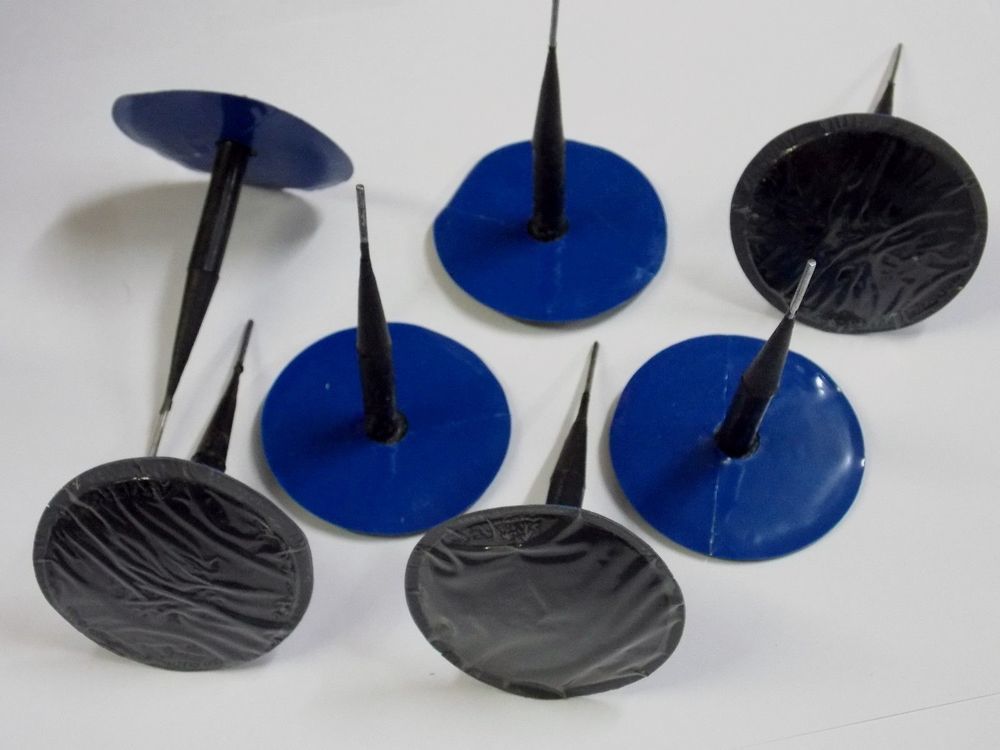
This happens either due to ignorance or negligence. Due to the periodic and timely inspection of car tires, you can get complete and necessary information about the condition of the wheels and tires, the degree of wear, identify defects that are dangerous for traffic safety, determine the causes of tire wear and the features of car operation.
In addition to safety, tire condition affects handling, driving dynamics and fuel consumption . The latter is especially important for trucks and car owners with high daily mileage. Some tire manufacturers claim in their flyers that their tires will not only last longer, but will also save fuel. Let's see how tires really affect a car's fuel consumption. In a truck, this is of course more noticeable than in a passenger car, due to the large number of wheels and high loads. The rolling resistance of an entire vehicle consists of a whole list of resistances: air resistance, overcoming inertia forces during acceleration, internal resistance of engine and transmission components, and tire resistance. We will not dwell on all these factors and focus on tires.
We will not dwell on all these factors and focus on tires.
The total rolling resistance of tires is also made up of several components. Contrary to popular belief, tire friction on the road surface of is only 5%. A little more (about 15%) falls on air resistance . The lion's share of the energy expended (about 80%) is spent on tire deformation . If the tire is rolled along the road with no load at all, then before stopping, it will move for a long time. But if the tire is loaded so that its lower part begins to deform (compress), after the initial impulse it will stop very quickly. This clearly demonstrates how much energy is spent on the constant deformation of the tires.
Thus, car owners may want to buy tires that will deform minimally, and therefore create less rolling resistance. Now in the market such an option is quite possible to find. As a rule, these are inexpensive budget-class tires. A stiffer carcass, although it gives some fuel economy, at the same time can present an unpleasant surprise in the form of a tire explosion. You just need to run into any object with sharp edges (stone, piece of iron, etc.). By the way, a similar situation can happen with premium tires. Some drivers, mostly trucks, inflate their tires on purpose to save fuel, without realizing that uneven wear will appear.
You just need to run into any object with sharp edges (stone, piece of iron, etc.). By the way, a similar situation can happen with premium tires. Some drivers, mostly trucks, inflate their tires on purpose to save fuel, without realizing that uneven wear will appear.
The chassis geometry of the also has a significant impact on fuel consumption. Even minor deviations entail extra costs. Firstly, tires wear out faster, and secondly, fuel burns more. When the wheels, figuratively speaking, go in different directions, additional energy is spent on their "drag". For example, if at one meter the wheel “leaves” only 2.5 mm, then at a kilometer it turns out that the wheel will “drag” to the side by 2.5 m. 2.5 kilometers at full load.
Normal tire wear
Tire inspection provides you with information about the condition of the tires and wheels, how the vehicle is used, possible defects, and driving style. So, for example, a sporty driving style leads to a different tire wear pattern than a relaxed one.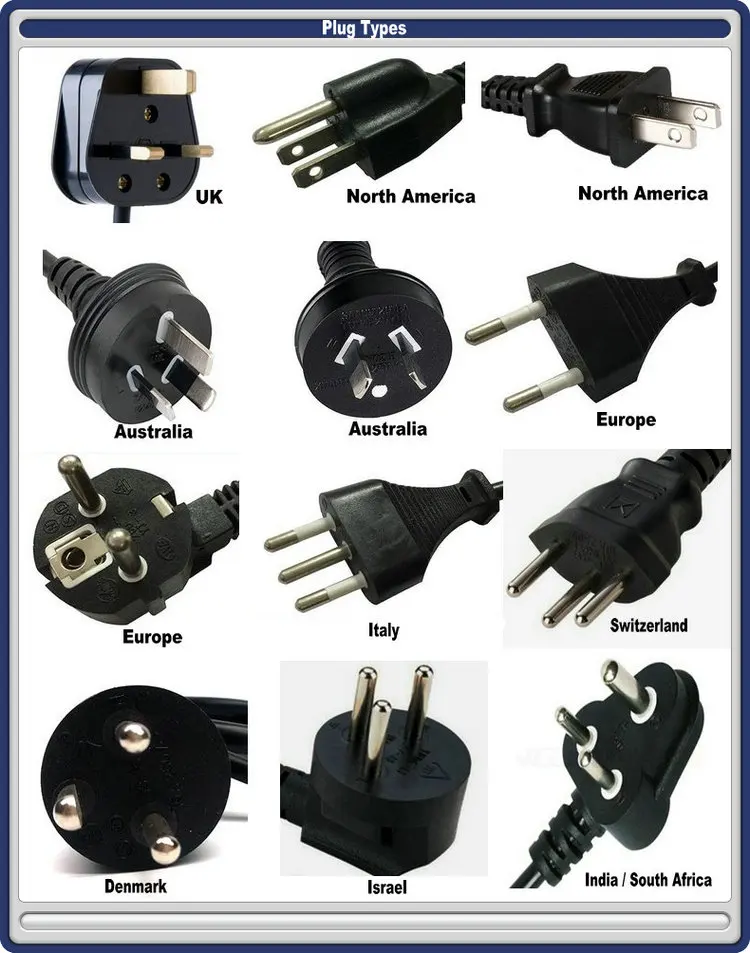 For a correct assessment, it is necessary to inspect all the wheels. This is especially evident in the example of a passenger rear-wheel drive car, since the load is distributed differently between the driving and steered wheels in it.
For a correct assessment, it is necessary to inspect all the wheels. This is especially evident in the example of a passenger rear-wheel drive car, since the load is distributed differently between the driving and steered wheels in it.
Tire wear as a function of air temperature
Tire wear as a function of driving speed
While driving, tire wear is determined by measuring the remaining tread height. Tire wear must be uniform over the entire circumference; when the minimum tread height is reached, the tire is considered completely worn out and must be replaced. Tire wear is primarily determined by driving style. Hard acceleration and braking wears out the tire faster than steady motion.
Drive and steer wheels have different wear patterns due to different loads. Steered wheels wear more on the sides, since it is on this part of the tire that the main load in the turn occurs. The tires on the drive wheels wear more in the middle , since it is this part of the tire that contacts the asphalt and transmits the rotation of the wheel to the road. On vehicles with front-wheel drive, the wear is "cumulative" - in this case, the entire tire wears out evenly and its central part and sides.
On vehicles with front-wheel drive, the wear is "cumulative" - in this case, the entire tire wears out evenly and its central part and sides.
One-sided wear (possible reduction in mileage from 15% to 30%) - occurs more often than others, since there are several reasons for its occurrence. One-sided tire wear can be caused by an error in suspension geometry. To determine the cause in this case, it is necessary to check the toe-in and camber. Wear on the outer side of the tire can be caused by excessive positive toe or camber . Wear on the inside of the tire, on the other hand, causes excessive negative toe or camber. Driving with zero camber results in even but increased tire wear. In addition, it increases the tire's rolling resistance and increases fuel consumption . In addition to the tires of the steered axle, tires of other axles can also be subject to one-sided wear - again due to problems with the geometry. This is either a lack of alignment, or deformation of the axes themselves. On steering tires for tractors, one-sided wear may appear due to the operating conditions of the vehicle. Another reason is cornering at high speeds. To prevent one-sided wear, you need to monitor the condition of the chassis, periodically check the geometry and abandon the aggressive driving style.
On steering tires for tractors, one-sided wear may appear due to the operating conditions of the vehicle. Another reason is cornering at high speeds. To prevent one-sided wear, you need to monitor the condition of the chassis, periodically check the geometry and abandon the aggressive driving style.
Bilateral and central wear (possible reduction in mileage from 5% to 10%) appear for the same reason - tire pressure mismatch. When the pressure is below normal, the tire begins to wear more at the edges, and bilateral wear is obtained. The same thing happens when overloaded - the tire, even with normal pressure, rides as if it were lowered. Fans of pumping tires get a different result: the load on the contact patch is not distributed evenly, but closer to the center, which means that the tire wears out faster in the central part of the tread. Anyone who monitors tire pressure and does not overload the car does not encounter such problems.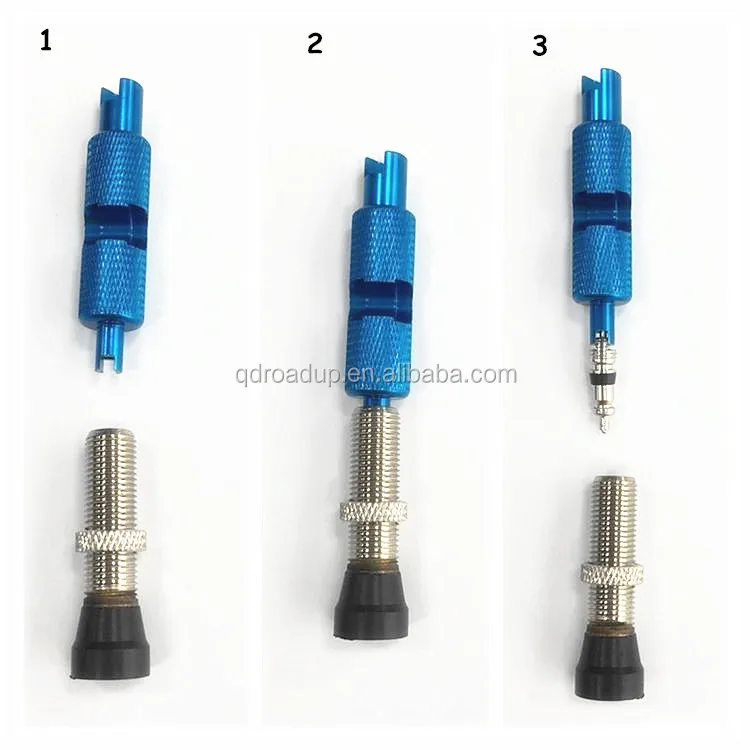
Multiple wear around the circumference
Patchy wear (possible 10% to 20% reduction in mileage) is a direct consequence of imbalance. It is especially characteristic of steering axle tires, but can appear on all axles. If such wear has become visible to the naked eye, the problem is obvious. Balancing will correct the situation, but only partially: a wheel that has lost its roundness will wear out more intensively. Therefore, it is more expensive to ignore balancing when buying and installing new tires. Repeated wear spots around the circumference of the tires can cause suspension failure (arms, dampers, springs). After diagnosing and repairing the suspension, the tire must be replaced, since this wear pattern no longer ensures its uniform rotation, and the wheel will “beat”.
Spot wear
Spot wear in one spot is the result of emergency braking with a locked wheel. The uniformity of rotation of the wheel in this case is also broken and the tire will have to be replaced.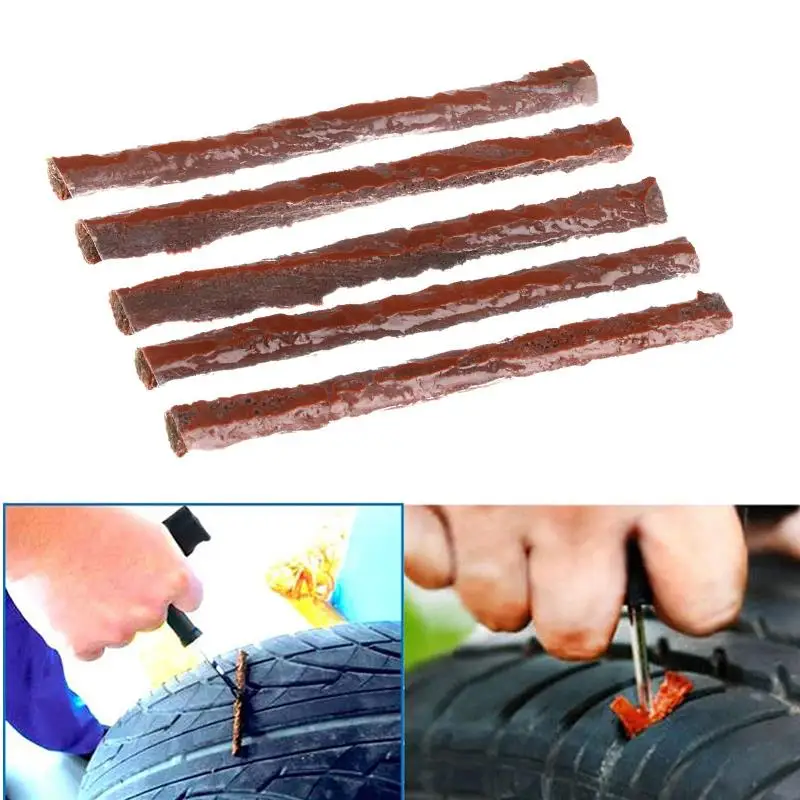 If you leave the car for a long time in the parking lot, then there is a risk of flat areas on the tires, which then during the movement will cause the wheels to vibrate. It is recommended to increase the pressure in the tires if you leave the car for a long time. A similar effect can also be caused by stopping the car after intense sports driving - heated tires are easily deformed at the points of contact with the road surface and practically "freeze" in this state. This defect is easy to fix - after warming up the tires, they will again acquire a round shape.
If you leave the car for a long time in the parking lot, then there is a risk of flat areas on the tires, which then during the movement will cause the wheels to vibrate. It is recommended to increase the pressure in the tires if you leave the car for a long time. A similar effect can also be caused by stopping the car after intense sports driving - heated tires are easily deformed at the points of contact with the road surface and practically "freeze" in this state. This defect is easy to fix - after warming up the tires, they will again acquire a round shape.
Comb (saw) wear (possible reduction in mileage from 10% to 20%) is a form of uneven wear. It can often be seen on drive axle tires with a block tread pattern. It is caused by the fact that during the movement the tire is deformed - at the point of contact with the road, the tread is pressed inward (the blocks are crushed and dragged along the road surface), and as the wheel rotates, it straightens again.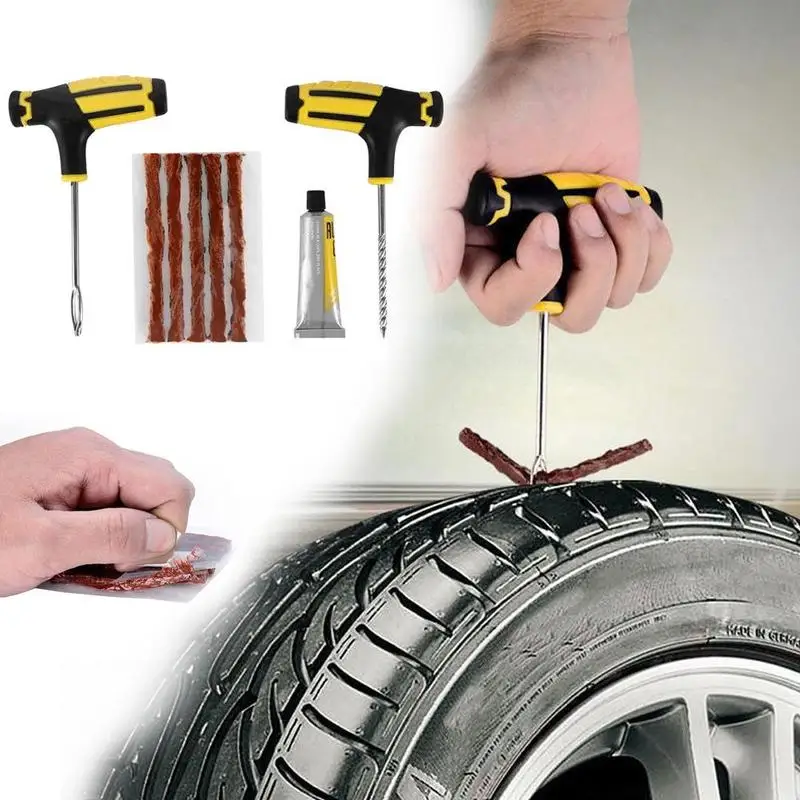 This leads to the fact that the tread wears more on the front edge than on the back. The result of this wear is an increase in tire rolling noise. It is impossible to avoid the appearance of comb wear, but with the help of permutations, its negative effect on tire mileage can be leveled. Drivers can also influence the situation: if you step on the gas pedal as smoothly as possible, comb wear will be minimal. To even out this wear, tires are usually swapped, as tires on a non-drive axle are more susceptible to this wear. Low tire pressure also increases sawtooth wear.
This leads to the fact that the tread wears more on the front edge than on the back. The result of this wear is an increase in tire rolling noise. It is impossible to avoid the appearance of comb wear, but with the help of permutations, its negative effect on tire mileage can be leveled. Drivers can also influence the situation: if you step on the gas pedal as smoothly as possible, comb wear will be minimal. To even out this wear, tires are usually swapped, as tires on a non-drive axle are more susceptible to this wear. Low tire pressure also increases sawtooth wear.
Driving with the wrong tire pressure
Insufficient tire pressure causes the tire to flex in the middle and wear out at the edges as a result. Excessive pressure in the tire leads to the opposite effect - its middle part wears out. It is authentically known that it is impossible to create an ideal tire. If you make it economical, it will be too rigid and unsafe. Conversely, a soft, durable tire with good grip will inevitably have increased rolling resistance.